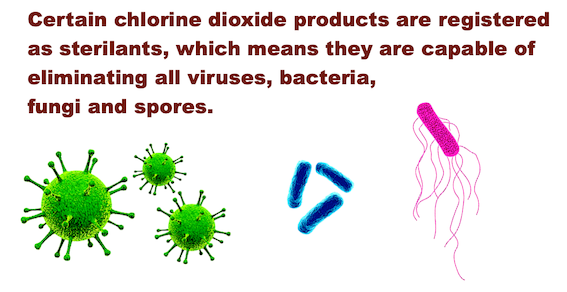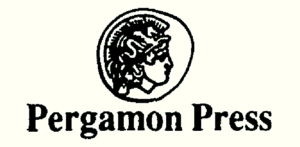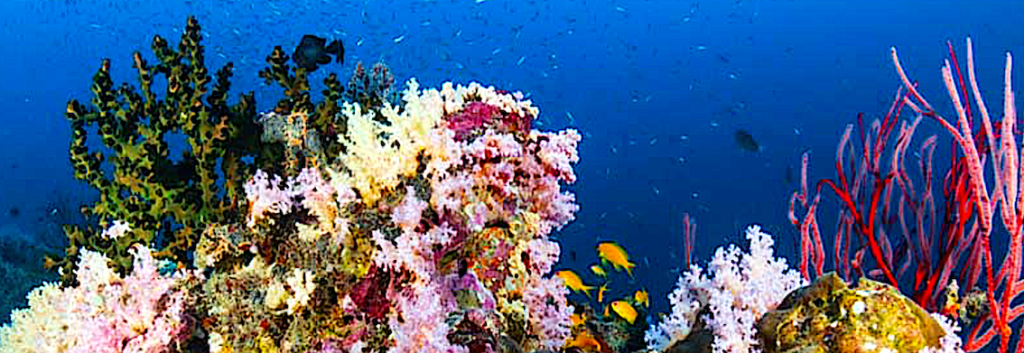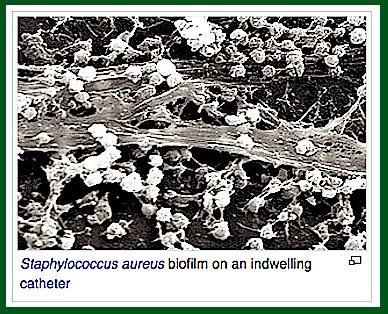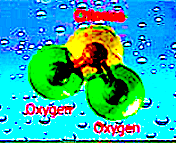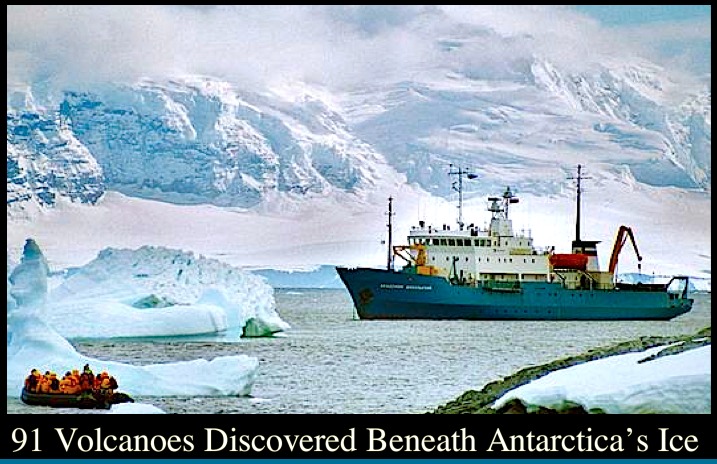14 April | FLUORIDE & HEALTH | admin
Chlorine-Chlorine dioxide -Biofilm-MMS.
Info On Ten Major Fluorides
OSAKA, Japan, June 11, 2021 /PRNewswire/ — Taiko Pharmaceutical Co., Ltd. based in Osaka, Japan, hereby announced that long-lasting chlorine dioxide (ClO2) aqueous solution inactivated over 99.99% of SARS-CoV-2 (COVID-19 Virus), including its Alpha and Gamma variants in a test conducted in collaboration with Kitasato Institute/Kitasato University in Tokyo, Japan Kitasato University – COVID-19
![]()
FULL ⇓ TEXT
mmstestimonials.co/coronavirus
“Bad” & “Good” Cholesterol?
No Such Thing!
Chlorine dioxide destroys BIOFILM,
the algal slime that collects in cooling
towers, among other places and
harbours the harmful bacteria
( Legionnaires’ disease )
Chlorine, by contrast does
NOT kill biofilm.
.——————–
Please Note:
Chlorine dioxide gas does NOT
deplete the ozone layer.
.
Chlorine dioxide gas does NOT deplete
the ozone layer as chlorine gas does.
——————–
Chlorine Dioxide was branded by the W.H.O.
as the most powerful water sanitiser available.
It has been approved under Australian
Drinking Water Guidelines since 2005.
Chlorine Dioxide:
The Secret Disinfectant
Chlorine Dioxide was also used as a
disinfectant in the Anthrax attacks of 2001
A study performed at Seoul National University,
chlorine dioxide was tested against Influenza
A H1N1 and SARS Coronavirus-2,
better known as Covid-19.
The study showed that even after 2 hours
of exposure, the compound was still
able to actively kill the viruses.
MORE
⇒ Myths & Misconceptions –
Chlorine dioxide ⇐
1984 – China
Disinfection-Chlorine dioxide-viruses-algae-animal-planktons-water
http://biorefinery.utk.edu/technical_reviews/clo2.pdf
Chlorine dioxide has been approved by NHMRC for use in disinfecting drinking water since 2005.
The ADWG recommends a maximum of 1mg/L for chlorine dioxide on health grounds and a maximum of 0.4mg/L on aesthetic grounds (taste). According to the ADWG, drinking water may need to be dosed at 1 to 1.25mg/L chlorine dioxide to achieve a residual concentration of 0.4mg/L.
Chlorine dioxide(ClO2) has been used
for decades as an effective disinfectant
in a wide range of industries and
is fast gaining recognition in
the Australasian healthcare industry
with an unparalleled reputation.
25 More Papers ⇒ HERE
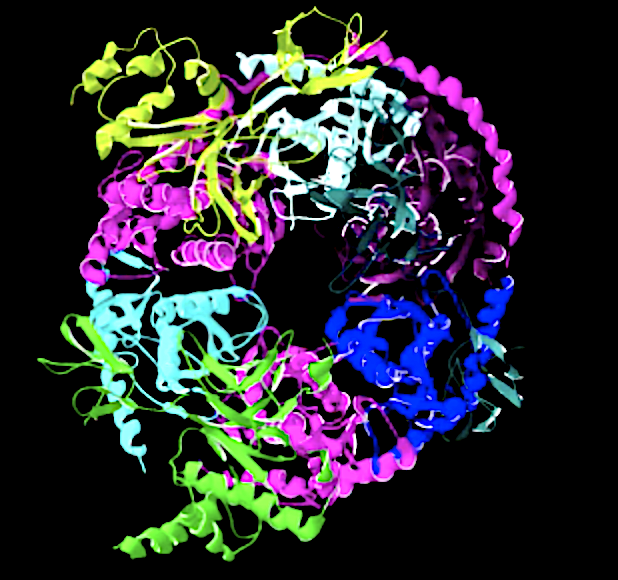
At the time of writing, no cases of hospital
acquired Legionnaires disease have been
detected at the hospital since the chlorine dioxide
system was installed in January 2003.
Use of chlorine dioxide was safe, based on
Environmental Protection Agency
limits regarding maximum
concentrations of chlorine
dioxide and chlorite…
Full text ⇒ HERE.
More research is required as to the
damage to the worlds coral reefs
caused by fluorides and
chlorine pollution!
~ CORAL BLEACHING ~
Runoff water from farmlands containing
fertiliser residue, fluorides in water,
toothpaste and chlorine from
Queensland coastal cities, may
explain some of the damage to the
Great Barrier Reef.

This damage is patchy and is not
predictable – may be dependant
on currents and locations
of cities?
The ocean water temperature is relatively
stable and therefor seems unlikely to
be the single explanation for
coral bleaching…
.
The EPA recommends using chlorine dioxide
instead of chlorine to treat water because
it does not produce any harmful by-products!
We at ‘Fluoridation Australia’ hope these
observations may be of some help.
.
THE HISTORY OF ONE OF THE
WORLD’S MOST POWERFUL,
AND SAFEST DISINFECTANTS
.

INACTIVATION EFFECT OF CHLORINE DIOXIDE ON
PHYTOPATHOGENIC BACTERIA IN IRRIGATION WATER
CHLORINE DIOXIDE FOR WATER TREATMENT
Dr. Greg Simpson ⇒ Management of Biofilm
Another great paper by Dr. Greg Simpson
Myths & Misconceptions of Chlorine Dioxide Gas
Myths & Misconceptions of Chlorine Dioxide Gas
⇓ His Book.
⇒ MMS 1 ⇐
See also ⇒ MMS ⇔ Jim Humble
( MMS Can Kill Biofilm )
Big Bad Pharma NOT happy with MMS

.
US Patents for Chlorine dioxide
An aqueous stabilised chlorine dioxide
solution for use as a universal biocide.
New Link
⇒ more. ⇐
CORAL BLEACHING – Chlorine v
Chlorine Dioxide, MMS
⇑ Watch ⇑
⇓ Recommended ⇓
Anti-Biofilm Protocols – Janossy
⇑ ⇑ ⇑ ⇑ ⇑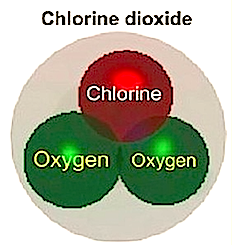 Chlorine Dioxide
Chlorine Dioxide
Chlorine dioxide is a neutral chlorine
compound. It is very different
from elemental chlorine,
both in its chemical structure
and in its behavior.
The Safe Drinking Water Act (SDWA) ⇓
 ⇒ HERE ⇐
⇒ HERE ⇐
⇑
…I am pleased to have signed the
Safe Drinking Water Act (S. 433).
Much effort has gone into the development
of this legislation as much as for any
enacted in this session of Congress...
See 1974 
Section 1432 provides for civil and criminal penalties
against any person who tampers, attempts to tamper,
or makes a threat to tamper with a public water system.
SAFE DRINKING WATER ACT [USA]
SOME HISTORY OF ONE OF THE WORLD’S
MOST POWERFUL, & SAFEST DISINFECTANTS:
1814
Sir Humphrey Davy, a British chemist, discovers Chlorine dioxide (CD), a result of potassium chlorate reacting with sulfuric acid. Although he fully understood the chemistry, he most likely did not appreciate the consequences: CD will prove to be more effective at killing more viruses, bacteria and fungi than any comparable disinfectant, such as chlorine bleach.
1930s
Because of the disinfecting power of CD, use begins to grow. A major benefit of CD is that, as a true gas, it expands uniformly to fill the space it is disinfecting. Due to concerns about the logistics of safely transporting the gas, industries wishing to use it decide to simply make it themselves in large quantities and activate it on site.
1944
To mitigate taste and odor problems, CD is introduces into a water treatment plant at Niagara Falls, N.Y. Other municipalities soon do the same. The water not only tastes better and has no unpleasant odor–it’s also safer to drink, thanks to CD’s strong disinfecting properties.
1950s
Brussels, Belgium, changes from chlorine to CD to disinfect drinking water in 1956. The 1950s see widespread use of CD in water treatment plants and swimming pools in the U.S. A new discovery is made: CD destroys biofilm, the algal slime that collects in cooling towers, among other places and harbors harmful bacteria. Chlorine bleach by contrast cannot kill biofilm.
1967
The Environmental Protection Agency (EPA) registers an aqueous form of CD for use as a sanitizer and disinfectant. Even though it aggressively attacks pathogens it is extremely safe and CD is eventually used to commercially sanitize fruit. 1970s to early 1980s. The EPA begins recommending using CD instead of chlorine bleach to treat water because CD does not produce any harmful byproducts. Although chlorine and chlorine dioxide share a common name, they are fundamentally different chemicals with distinctly different chemical structures. This means they react differently when mixed with other compounds. Chlorine bleach is formed by adding chlorine gas to salt water. However, when chlorine bleach reacts with naturally occurring organic and inorganic matter in water streams, it produces THMs (trihalomethanes). THMs have been linked to cancer. Because of its superior efficacy and how safe is its, use of CD continues to grow.
1988
The EPA registers CD as a sterilizer. This means CD is both safe and effective to use in hospitals, healthcare facilities, and laboratories. 2001 CD, in both liquid and gas forms, becomes the number one substance used to decontaminate buildings where the anthrax attacks occurred. It’s success rate is based on how well is works against very small anthrax spores, how quickly and easily it is deploy. CD completely destroys anthrax without harming buildings.
2005
CD is deployed to eradicate mold infestations in homes damages by the flood waters from Hurricane Katrina. After a 12-hour treatment, a New Orleans restaurant is able to banish all mold inside without rebuilding.
2012
(January) ProKure revolutionizes the way CD is deployed. For the first time, because of ProKure’s patented technology, CD can be created at any time, and anywhere there’s water. It can now be safely transported in dry pouches and made into a liquid disinfectant and deodorizer on site and on demand. In essence, the ProKure product line has made it possible for industries and companies of all sizes (not just a select few) to quickly and easily unleash the amazing power of chlorine dioxide. 2014 (November) CD is now two hundred years old. The Centers for Disease Control (CDC) registers ProKure V as a disinfectant against the Ebola virus. ProKure V begins to kill pathogens in a matter of seconds, whereas other commonly used, more traditional disinfectants take minutes. The rapid speed in which ProKure V kills pathogens makes it a product of choice for helping contain infectious-disease outbreaks and keeping public facilities cleaners and safer for everyone.
See also page 11 & 12 → HERE
See also ATRAZINE AND CHORINE
MMS-AND THE SCIENTIFIC METHOD
Other uses include:
Seafood industry, Food processing, Poultry industry,
Air conditioning cooling towers, Swimming pools,
Potable water treatment.
There are at least 50 US patents that have been issued
concerning the use of chlorine dioxide, and that includes the
treating of HIV/AIDS, cleaning human blood of pathogens
and poisons, and numerous other medical uses.
UrbanUtilities –
Unfortunately, Queensland still uses Chlorine ?
Ozone V Chlorine
⇓ Electrochemical Chlorine Dioxide Generators ⇓
http://www.dioxide.com/products/chlorine-dioxide/
⇓ Very interesting ⇓
The removal of shipwrecks and application of chlorine may
help mitigate the damaging effects of corallimorph,
which is a type of invasive anemone,
on valuable coral reefs in the
↓ Central Pacific Ocean. ↓
“Ships are often sunk deliberately to promote diving
or recruitment sites for reef organisms, but our
study provides a cautionary note for such
practices in tropical marine systems.”
⇒ Fresh hopes for fixing coral reefs ⇐
Aluminium sulphate was removed from Sydney’s water
supply 1994 – suspected of causing Alzheimer’s disease..
See also → MARINE SNOW
More on → Marine Snow
Our Comment:
It may be that the heat from the centre of the Earth is not a constant, and may exert more changes on our climate than the sunspot variations. What is happening on the other planets in our solar system? Are all the planets moving through a “hot” part of space? Ignorance, vested interests, and narrow research, may deprive us of the full picture.
We are but recent arrivals on this planet, transitory microscopic shadows, adrift in the oceans of plasma and space, we can only marvel, observe, but never really know all the secrets of the universe.
(Spell universe with a capital ‘U’, if you prefer.)
Ice in Greenland is melting partly because of heat from the
Earth’s mantle, according to a team of international researchers.
The group claims that they are the first to find a connection between
melting of the Greenland ice sheet and the high heat flow from
the Earth’s mantle. The findings, they suggest, could have
implications for future predictions on climate change
and the reasons behind ice melt in the region …
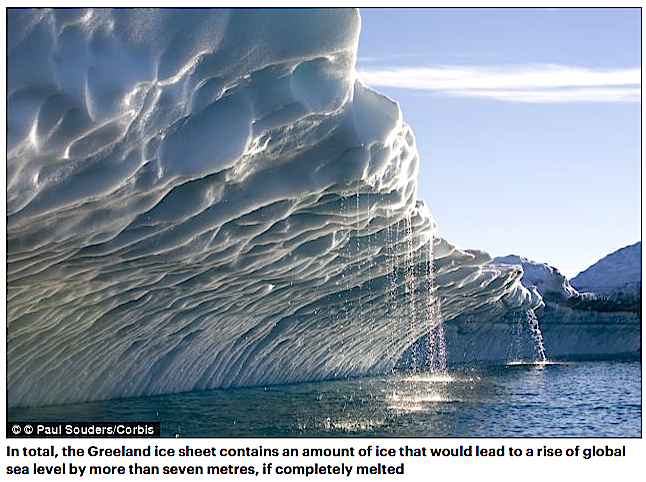
SEA LEVEL CHANGE – EXPLAINED
⇑ NEW – RECOMMENDED ⇑
The Greenland ice sheet is often considered an important
important contributor to future global sea-level
rise over the next century or longer.

However some of the 91 volcanoes at the south
pole may also change the climate !
91 Volcanoes Beneath The Ice Sheet-West Antarctica
Fluorinated gases are a family of powerful greenhouse
gases with a warming effect on the atmosphere up to
23,000 times greater than that of CO2.
They include HFCs (hydrofluorocarbons)
which are commonly used in refrigeration and
air conditioning, and NF3, with a global
warming potential of 17,000. +
Carbon dioxide is a cooling gas – NASA
There is also evidence that our
Solar System is warming.
Better than an ice age!
.




